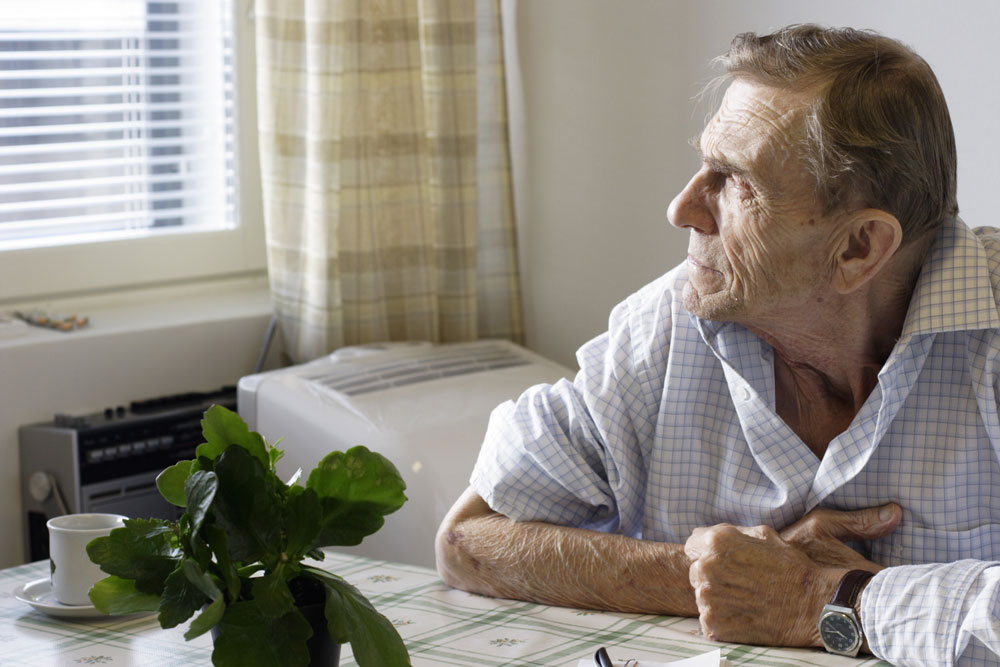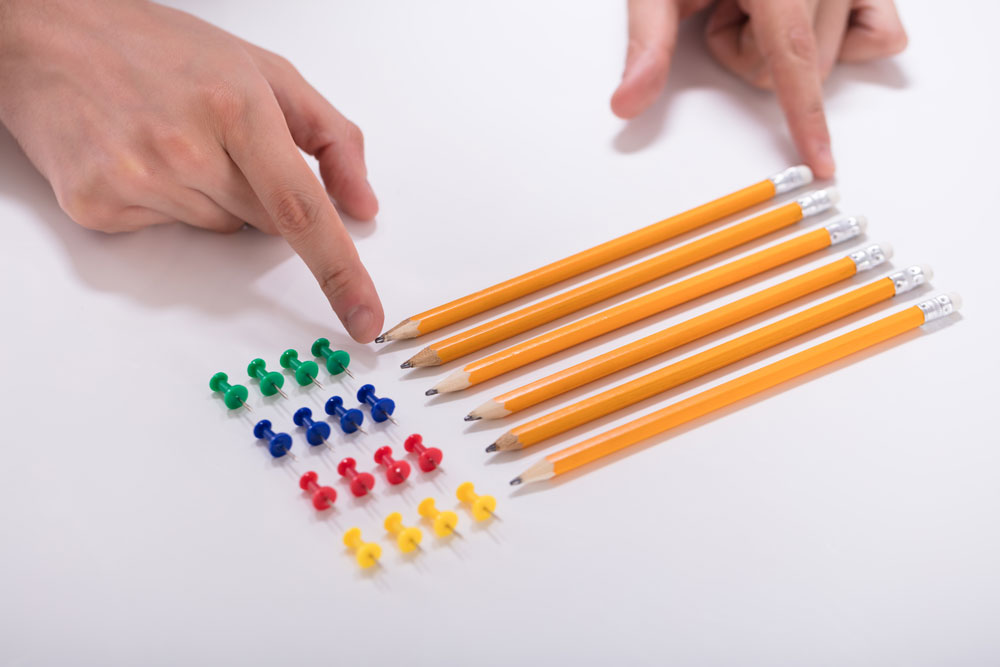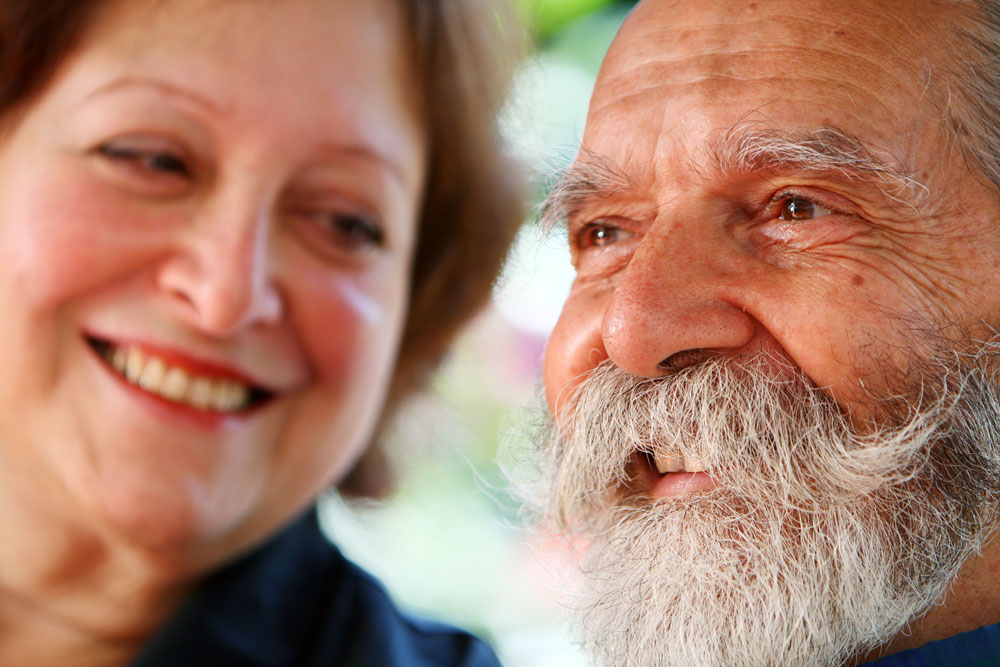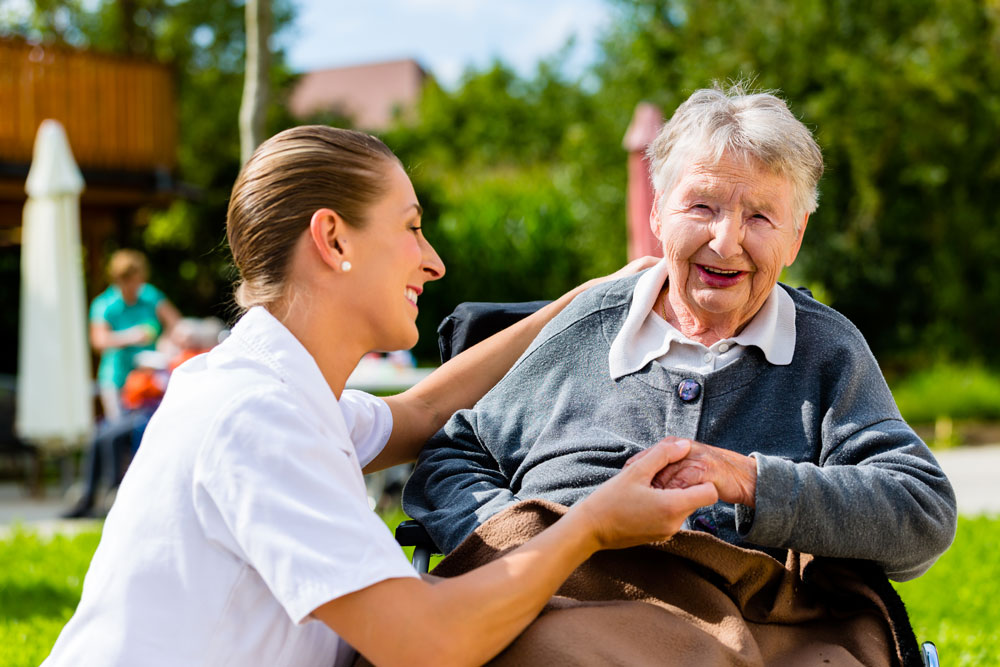The relationship between work environment and patient safety at the nursing home - How a good work environment promotes patient safety
This article is written from a Swedish perspective. Hopefully, it can inspire those interested from other countries.
In a world where the need for care for aging people is increasing, the question of the quality of care in nursing homes becomes increasingly urgent. Not least, it is important to highlight how a good working environment for the staff is directly linked to patient safety. These are two sides of the same coin that together form the core of a successful nursing home.
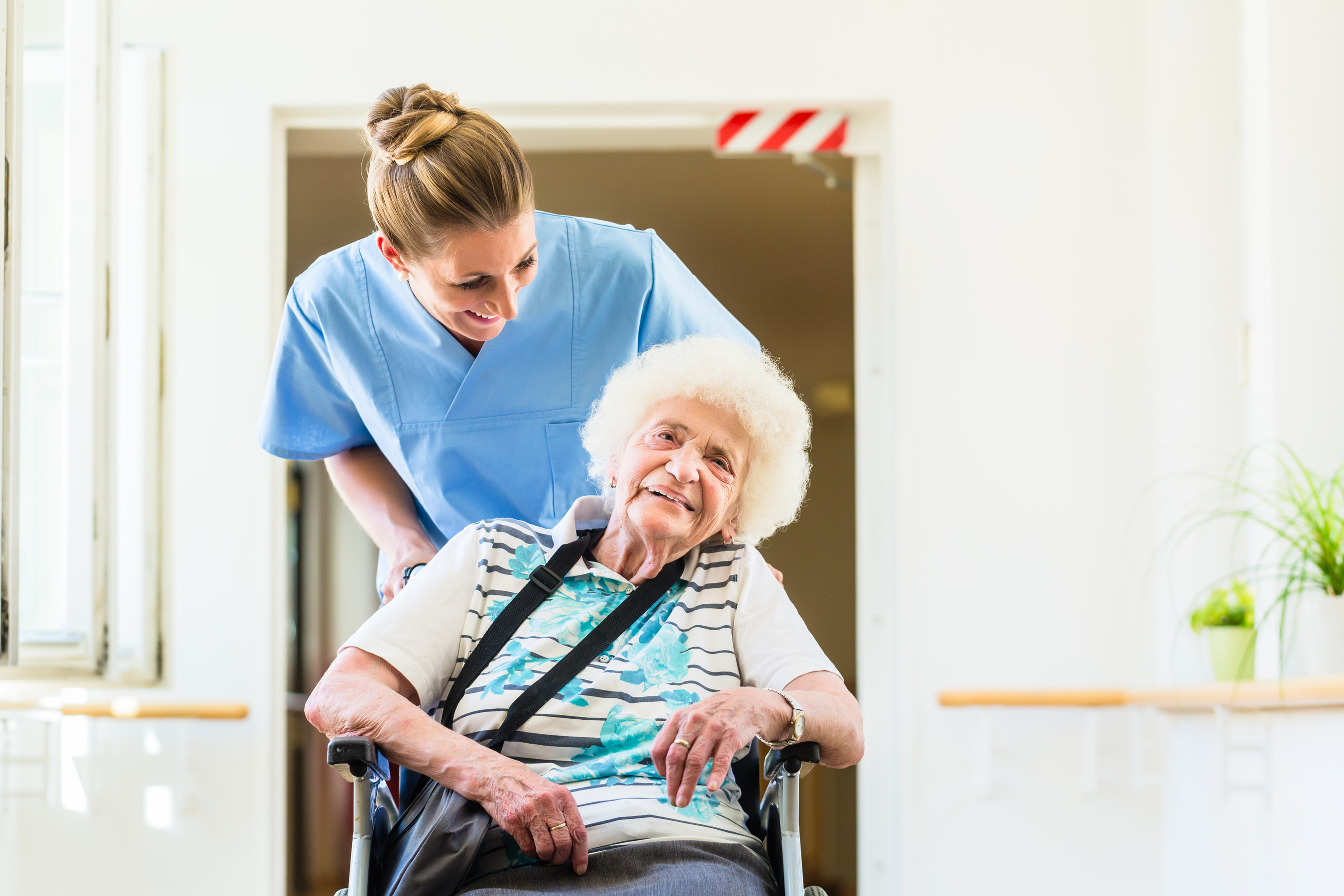 Foto: Mostphotos
Foto: MostphotosThe relationship between work environment and patient safety in elderly care
A good working environment is crucial for patient safety in elderly care. By creating a safe and pleasant working environment for the staff, the elderly care facility can ensure high quality and safety in the care for the residents.
Healthcare damage is "suffering, discomfort bodily or mental harm, illness or death caused by care that could have been avoided. Many healthcare damages are related to stress, poor lighting, poor logistics for material handling, and more. Systematically working to evaluate risks in the work environment and care environment daily can be a way to create good conditions for safe and secure care.
The work environment affects patient safety
A positive work environment, characterized by enjoyment, respect and good communication, is a prerequisite for the staff to be able to perform their work in a safe and efficient manner. When the staff enjoys their work and feels motivated, the risk of mistakes and accidents that can affect the residents' health and well-being is reduced. A safe and stimulating work environment also contributes to the staff being able to perform their work with commitment and empathy, which is crucial for providing meaningful and dignified care for the residents.
Ignorance and unclear routines for systematic work environment work make it difficult for employees to participate and have influence, this applies at all levels. A very important part of systematic work environment work is to regularly conduct risk analyses. Without risk analysis, the risk increases that the business is without competent employees or essential equipment. It could also be about residents who pose a risk from different aspects.
Deficiencies in the work environment work often go hand in hand with non-compliance with routines in general at the unit. Often, measures are described without follow-up and control of effects, for example, measures against stress or high workload are not followed up to see if they have sustainable effects.
Often, part of the problems lies higher up in the organization. It could be that the manager has weak support from the employer to manage his leadership. Turnover of nurses, assistant nurses is often a sign of a poor work environment. An administratively unreasonable workload and a managerial responsibility for many employees are common management problems.
The importance of good routines and working methods
An important part of the work environment in elderly care is established routines and working methods that ensure that care efforts are carried out in a safe and consistent manner. By having clear routines for, for example, medication management, fall prevention and hygiene, the elderly care facility can reduce the risk of mistakes and maltreatments that can lead to ill health or injury for the residents. It is also important that the staff is continuously trained and kept up to date on current guidelines and best practices in elderly care to ensure high quality and patient safety in care.
Promoting an open and learning culture
To ensure a good work environment and patient safety, it is also important to promote an open and learning culture in elderly care. This means that the staff feel safe to report deviations and inaccuracies without fear of reprisals, and that one actively works to learn from mistakes and incidents to improve and develop the business. By creating a culture where one continuously reflects on and learns from one's work, the elderly care facility can constantly improve its patient safety and work environment.
The importance of the work environment
For the staff at an elderly care facility, a healthy work environment is crucial for being able to perform their tasks efficiently and with compassion. A good work environment is characterized by several factors: ergonomically designed workplaces that reduce physical strain, psychosocial support for handling emotionally demanding situations, and access to training and development opportunities. These factors not only help to reduce the risk of work injuries and occupational diseases, but also to maintain high morale and work motivation.
The link to patient safety
When the staff is feeling well and supported in their work, the risk of mistakes that can affect patient safety is reduced. Stress, fatigue and lack of resources are classic ingredients for maltreatment and care negligence. Therefore, it is of utmost importance that work environment issues are taken very seriously - not only for the staff's sake but also to ensure the well-being and safety of the patients.
Examples of measures that strengthen the work environment and patient safety
Ergonomic initiatives: By investing in ergonomic equipment and training, the physical strains inherent in healthcare can be reduced.
Psychosocial support:Regular workshops and support groups for the staff to handle stress and emotional strains strengthen mental health.
Communication and participation: Involving the staff in decision-making processes increases their sense of participation and control, which directly translates into higher quality patient care.
Reflection questions - work environment and patient safety
Care staff:
- Do you receive training to handle digital equipment such as alarms, documentation systems and other?
- Is there a dialogue about the work environment at the unit, for example at workplace meetings?
- Do you get the skills development you need to do a good job?
- Is there a balance between responsibility and authority?
- Have you appointed any colleague as a safety representative at the unit?
- Are risk assessments of the work environment made at the unit?
- Are you involved in the risk assessments?
- How can we create an atmosphere where we all thrive?
Manager, nurse, occupational therapist and physiotherapist:
- Do you have a good dialogue about work environment issues?
- Do you receive support from your management in terms of developing a good work environment?
- Is there a balance between responsibility and authority?
- How many risk analyses regarding the work environment do you do per year?
- Do you have good tools to measure how the work environment work develops over time?
- Is it clearly stated who is responsible for the work environment at the unit?
Residents and relatives:
- Does the residence seem to have a good work environment?
Erland Olsson
Specialist Nurse
Sofrosyne
Better care every day

Aktuellt i media
-
2025-12-18 04:00
16 Sjukdom och död
Survivor conversations - an important element in working with next of kin
info Bild från Summer Stock
Bild från Summer Stock - 2025-12-15 04:00 17 Psykisk hälsa
- 2025-12-11 04:00 07 Riskhantering
- 2025-12-08 04:00 06 Dokumentation
- 2025-12-03 04:00 06 Dokumentation
- 2025-12-01 04:00 02 Värdegrund

